Capstone Kickoff Event Held at Kyoto Uzumasa Campus
Aug 5, 2024
EngineeringOn Wednesday, July 17, the Capstone Kickoff event was held at Kyoto Uzumasa Campus. The event consisted of project presentations by 143 third-year and 92 fourth-year engineering students, with 32 company representatives in attendance.
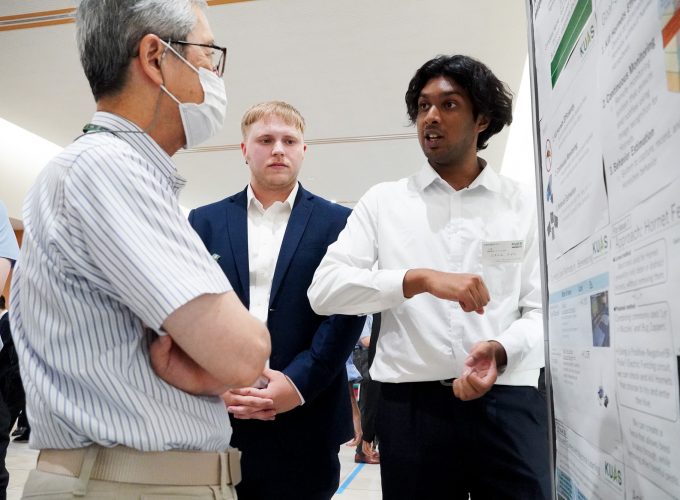
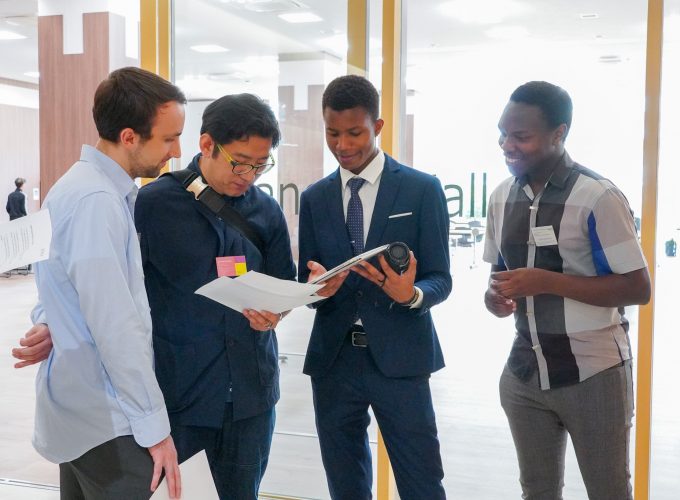
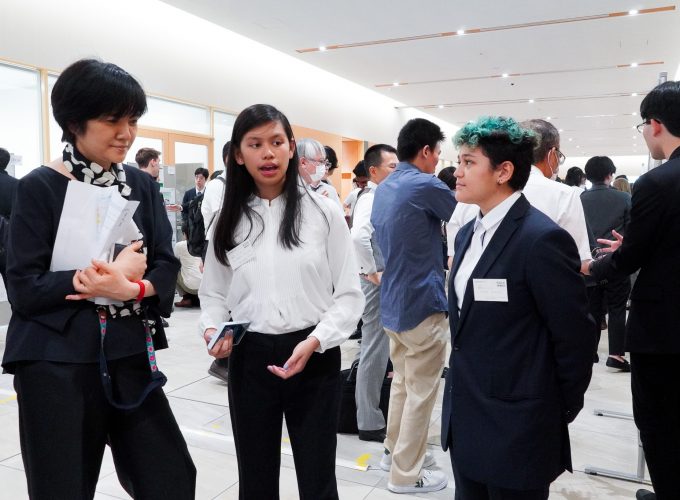
A “capstone” is the last stone placed on top of a pyramid. KUAS Faculty of Engineering’s Capstone Project is a project-based learning course in which student teams solve real problems faced by companies, serving as a culmination of the students’ learning during their time at KUAS.
Capstone Project Digest Video
The Capstone Project is similar to an internship in that students work on corporate issues, but is also different in the sense that students form teams to solve the issues independently and autonomously. It is a student-driven program that allows students to experience R&D while still in school, preparing them for similar work in the engineering field after graduation. The Capstone Project, in which third and fourth-year undergraduate students participate, is the first of its kind at an engineering university in Japan.
This year, 29 teams of third-year students and 19 teams of fourth-year students will work on 47 assignments given by 32 partner companies. The teams formulated research and development plans while receiving advice from company engineers, and in the fall semester, the teams will implement these plans together.
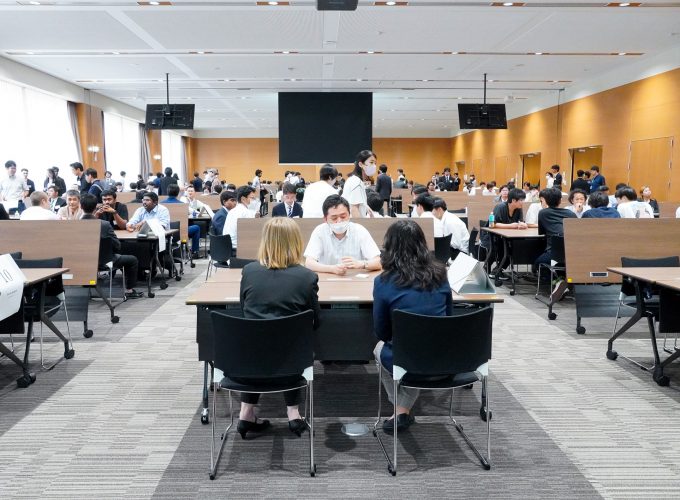
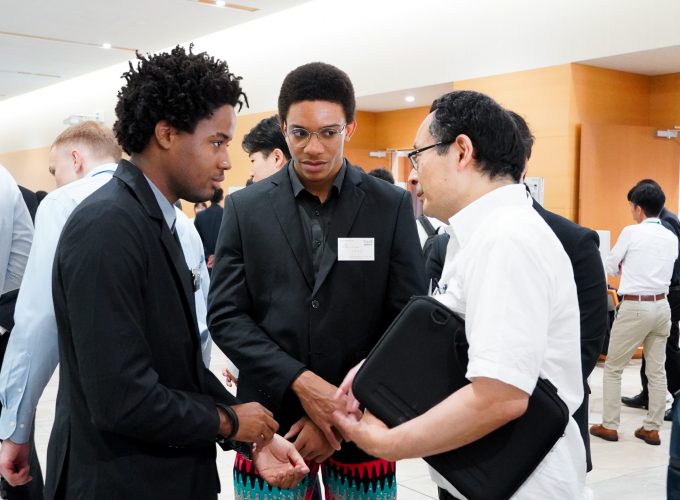
More than 100 visitors attended the kickoff event. The visitors were mainly from partner companies and general businesspeople. All 48 teams’ plans were displayed on posters, which student teams used when explaining their plans to the visitors.
Intriguing discussions took place not only during the poster presentations but also at the company-student mixer held afterward. At the end of the event, gold, silver and bronze prizes were awarded to the third-year and fourth-year teams, as voted by the visiting company representatives.
The fourth-year team that won the gold prize had already conducted several prototypes using a 3D printer during the planning stage. Their plan, based on this prototype, was highly evaluated by the company engineers.
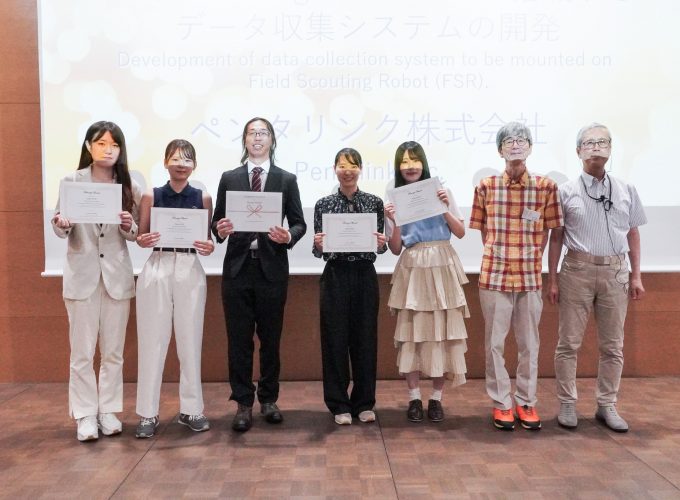
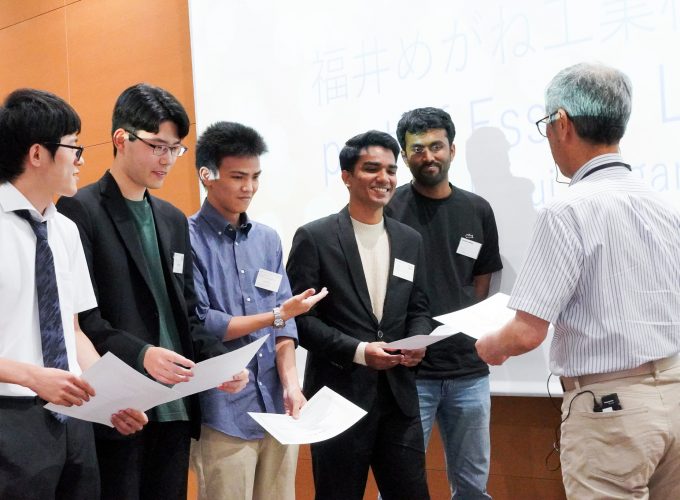
(Hiroshi Kawakami, Faculty of Engineering)
